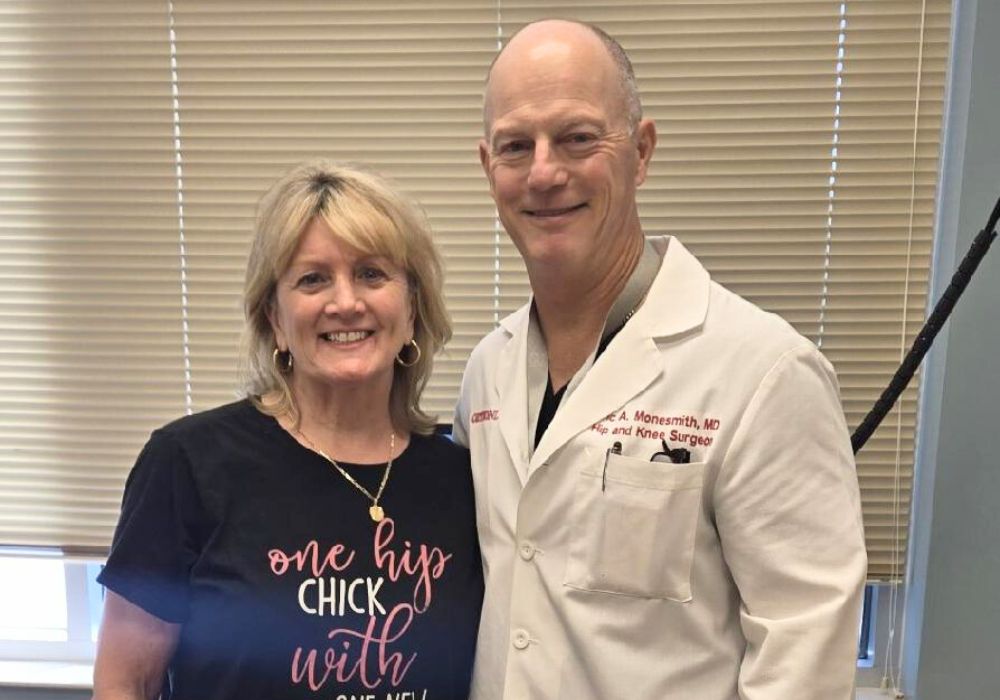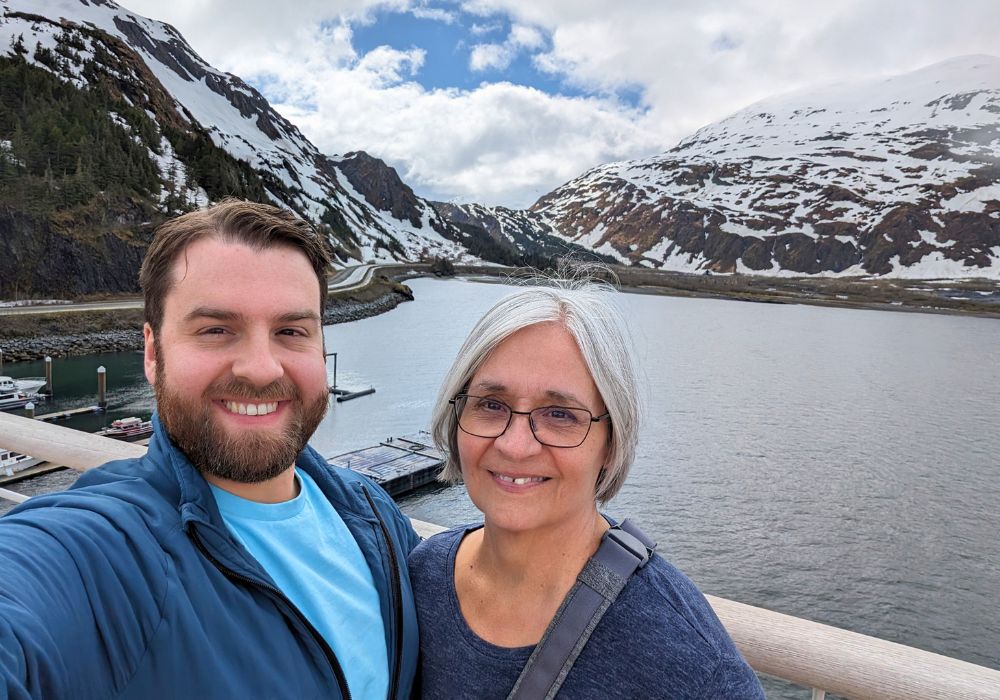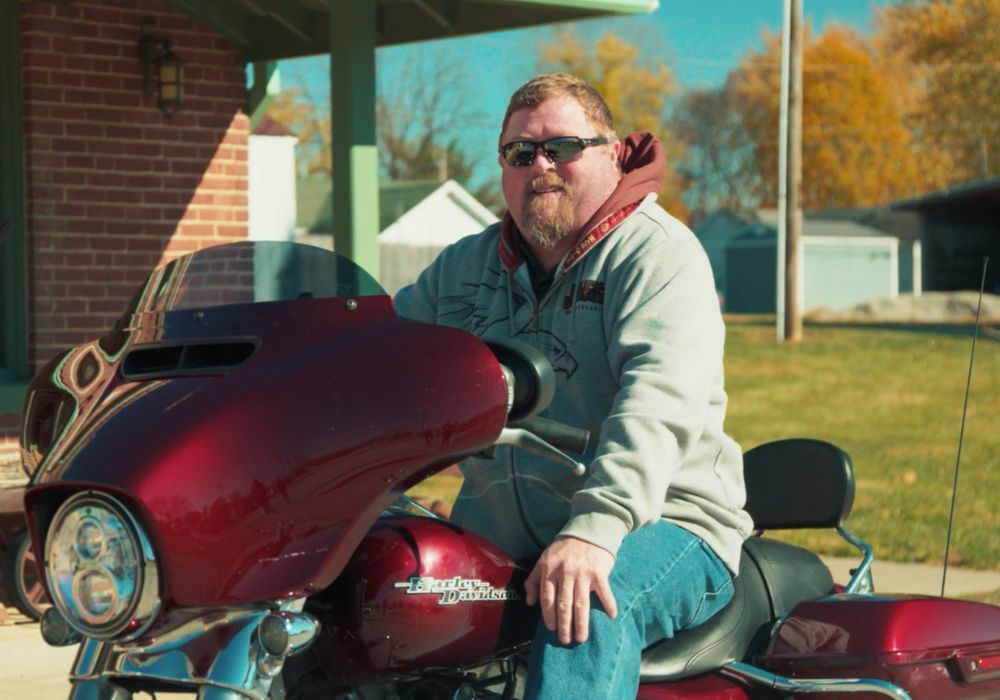The labrum is the cartilage that lines the outside rim of the socket of the hip joint. The labrum acts as a cushion to the joint and helps stabilize the hip. A hip labral tear is often accompanied by other hip injuries such as bone spurs or arthritis.
The hip labrum has problems healing after an injury because the cartilage tissue lacks sufficient blood supply. Therefore, it is not able to fully heal after the damage has occurred.
Causes of hip labral tears
The tear happens when the labrum is separated from the socket. Most commonly it’s the result of repetitive action that strains the hip joint. Soccer, ice hockey, football, ballet
Make an appointment with a hip specialist at OrthoIndy
Hip labral tears can also be caused by:
- Abnormal hip structure
- Trauma caused by a car accident
- Hip muscle tightness and weakness
What are the symptoms of a torn hip labrum?
- Pain in the front of the hip
- Clicking or catching with hip movement
- Pain after long periods of sitting or walking
- Pain in the hip when squatting
- Weakness and stiffness in the hip
Labral tear hip treatment options
Once the physician diagnoses the injury, he/she will discuss treatment options with you. Often the physician will recommend nonsurgical treatment options first. This could include:
- Physical therapy to strengthen the muscle
- Pain medication to help reduce inflammation
- Avoiding activities that cause pain in your hip
The physical therapy protocol will be specific to your individual needs and injury. If nonsurgical options do not reduce hip pain, hip surgery may be an option.
Do you need surgery for a torn hip labrum?
Depending on the severity of the tear and the activity you wish to return to, will determine if you need surgery or not. The most common surgical way to fix a hip labral tear is to perform a hip arthroscopy.
Hip labral tear recovery
After a hip arthroscopy, you will be on crutches for two to four weeks. Those with sedentary jobs can often return to work a week or two after surgery.
Hip labral tear exercises are important to follow after surgery in order to fully recover from the injury. You will gradually be able to return to daily activities and do more intense movements as you progress. It can take six months to a year to return to sports that involve intense twisting and cutting movements.
Learn more about hip injuries and conditions.
Schedule an appointment
Your well-being is important to us. Click the button below or call us to schedule an appointment with one of our orthopedic specialists. If your injury or condition is recent, you can walk right into one of our OrthoIndy Urgent Care locations for immediate care. For rehabilitation and physical therapy, no referral is needed to see one of our physical therapists.





